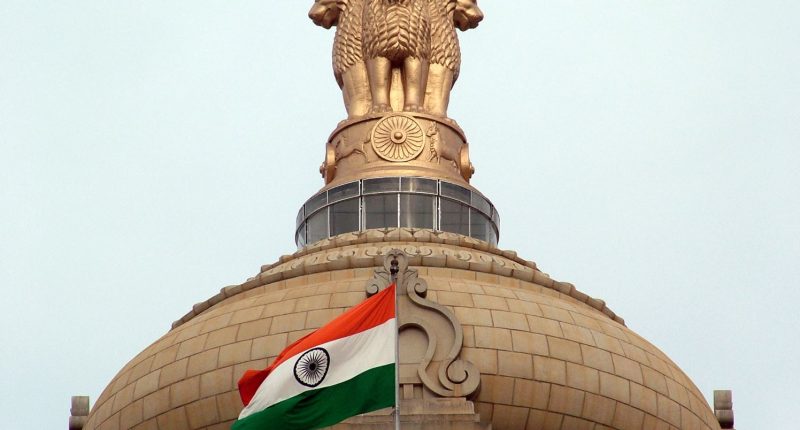With a new year comes a new budget. On February 1, India’s Union Finance Minister Nirmala Sitharaman presented her fourth Union Budget, the tenth of the Narendra Modi government.
While presenting the budget, the finance minister said that India is expected to clock a claimed GDP growth of 9.27% in the coming year, highest among major economies. The budget focuses on four main pillars of development — inclusive development, productivity enhancement, energy transition, and climate action. Let us look into some of the other things announced.
For starters, a fund will be set up to provide financial support to agriculture and rural startups. Agriculture is the backbone of the Indian economy, and over 40% of the country’s population continues to depend on agriculture for livelihood.
The agriculture sector in the country is worth $370 billion and contributes nearly 20% to the national GDP. The fund will be set up with blended capital raised under the co-investment model facilitated through NABARD to finance start-ups in agriculture. Additionally, rural enterprises for farm produce value chain will be set up. States will be encouraged to revise the syllabi of agricultural universities to meet the needs of natural, zero-budget, and organic farming, modern-day agriculture.
With gaming, animations, and visual effects gaining widespread popularity, it is unexpected that this sector will escape the notice of the Budget. Sitharaman said that an AVGC promotion task force will be set up to recommend ways to realize the vast potential of the sector and build domestic capacity for serving both domestic and international markets.
Atmanirbhar Bharat has been one of the cornerstones of the Modi government, and this continues into 2022. Sitharaman said that 68% of the capital procurement budget for Defence will be utilized by the domestic industry to promote Aatmanirbharta (self-sufficiency) and reduce the dependence on imports.
Additionally, the surcharge on unlisted shares has been reduced from 28.5% to 23%.
5G is the new trend that has been going around, and Sitharaman said that spectrum auctions will be held this year to facilitate the roll-out of 5G mobile services by private telecom players by 2023. Focussing on the importance of mobile connectivity and broadband for economic development, especially in the rural parts of the country, will further boost the telecommunication and associated sectors.
Tax on Digital & Virtual assets: Crypto gets recognition?
India is not the biggest fan of cryptocurrencies. Despite crypto holders in millions, the digital asset class has failed to impress the Indian regulators, and now, it will only get tougher with the new digital rupee that will be issued by the RBI. India’s very own central bank digital currency (CBDC) will be issued using blockchain and other technologies starting 2022-23. It is expected that it will boost the digital economy and further make it difficult for cryptocurrencies to make breakthroughs in the Indian market.
However, Finance Minister Sitharaman proposed a new tax on income from the transfer of digital assets. It will be charged at 30%, plus 1% tax on the transaction. This, at least for now, has sort of become a regulatory confirmation that crypto might as well become legal in India. Though Sitharaman did not mention, the crypto community is buoyant with this announcement, many claiming that this paves way to crypto becoming legal in India.
Crypto is legally recognized in India, with a 30% tax.
— CZ ? Binance (@cz_binance) February 1, 2022
The Tech Portal is published by Blue Box Media Private Limited. Our investors have no influence over our reporting. Read our full Ownership and Funding Disclosure →






